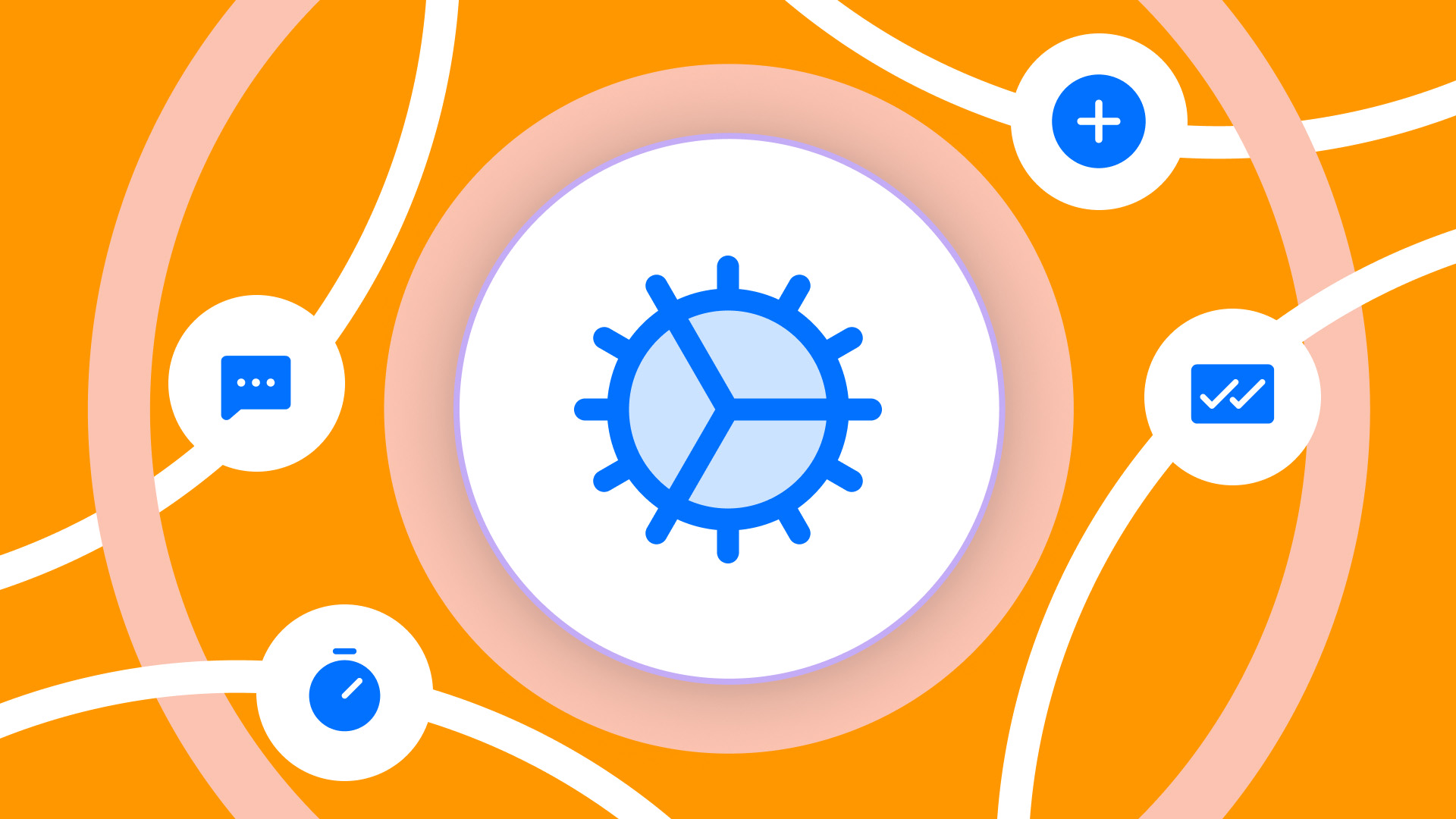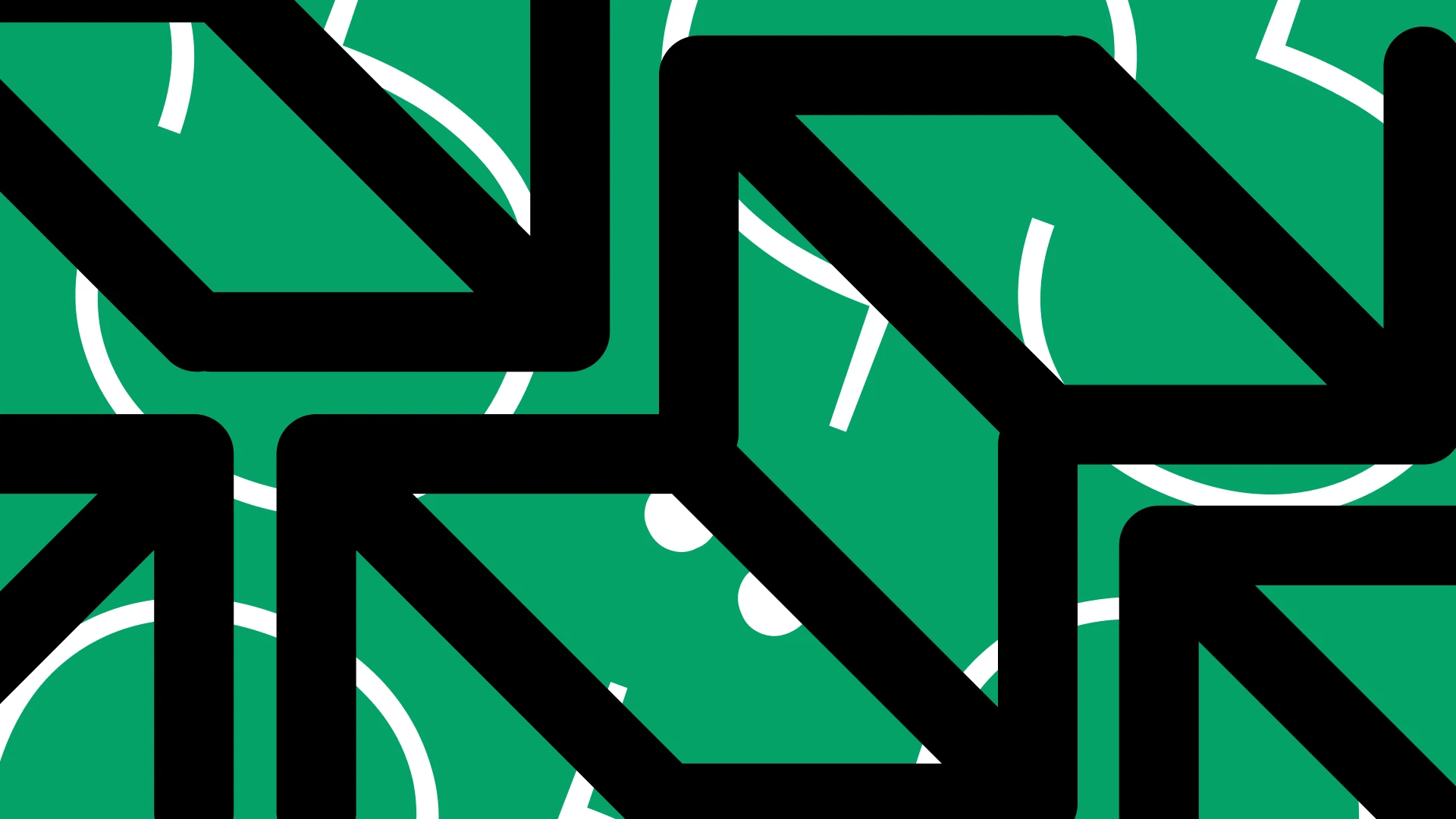The Agile methodology has established itself as a key tool that transforms the way digital product design teams work. In this blog we explore the most salient benefits of Agile, providing examples that illustrate its impact on team performance.
Índice de contenidos
ToggleDynamic collaboration
Constant collaboration between team members is one of the pillars of Agile. Cross-functional teams, composed of UX/UI designers, developers, business analysts and roles such as Project Managers or Product Owners meet on a regular basis to exchange ideas and solve problems. Short meetings, known as “stand-ups”, allow each member to share their progress and obstacles. This dynamic not only improves communication, but also makes it easier to identify problems quickly, helping to find solutions proactively.
Adaptation to changes
Adaptability is essential in digital design, where changes can arise unexpectedly, and this is where Agile comes in, enabling teams to respond quickly and effectively. For example, if a team releases an initial version of a product and receives feedback that certain features need tweaking, it can implement improvements in record time. This flexible approach ensures that the product evolves in sync with market needs, which is critical to staying competitive.
Deliveries of value
One of the most valuable features of Agile is continuous delivery of value. Instead of waiting months to release a final product, teams can release working versions on a regular basis. This allows team members to quickly access new features and tests, which in turn improves workflow. For example, a team could release updates every two weeks, allowing improvements to be implemented based on immediate feedback and thus optimize development.
Learning and continuous improvement
The practice of retrospectives is fundamental in Agile. At the end of each sprint, teams meet to reflect on what worked and what can be improved. This process of reflection not only helps identify areas for improvement, but also fosters an environment of continuous learning and growth. For example, if a team realizes that it is spending too much time in the testing phase, it can review its process and find ways to optimize it, freeing up time for creativity and innovation.
Agile methodology has become an invaluable resource for digital product design teams. It fosters collaboration, adaptability and offers a focus on continuous improvement, resulting in more efficient and higher quality work. Implementing Agile transforms the internal dynamics of teams and creates an environment where everyone can contribute and grow.





